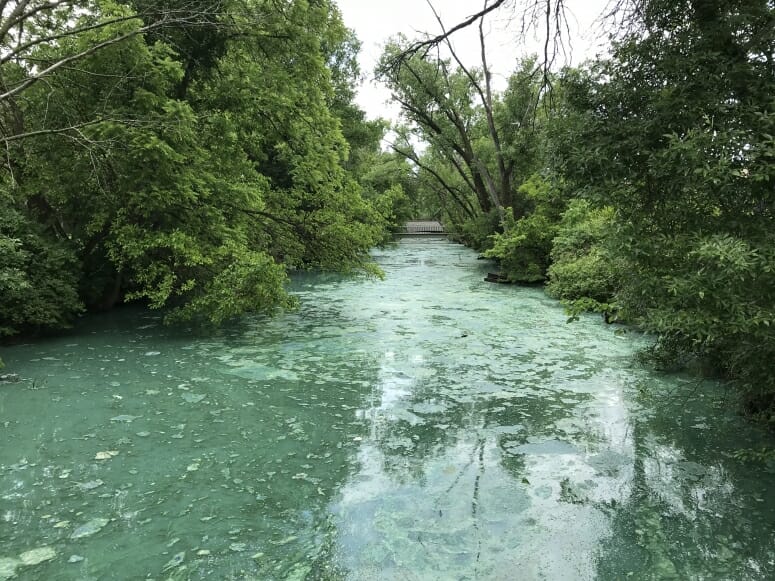Yale E360:
““Health trumps politics,” said Iowa State Senator David Johnson before taking the stage at a raucous rally in Des Moines last winter to support strengthening the state’s water quality. In the marble rotunda of the state capitol, he rose to denounce the nitrogen and phosphates that have been flowing in ever-increasing quantities into Iowa’s public water supplies — and was cheered by the small crowd of family farmers, concerned mothers, and his new political allies, the legislature’s drastically outnumbered Democrats. Johnson had been one of the longest-serving Republicans in Iowa until he left the party to become an independent in 2016 after defying it repeatedly on one of the most divisive issues in Iowa — the integrity of the state’s water.
Iowa’s nitrogen load has been accelerating despite more than $100 million spent by the federal and state governments to rein it in. Starting in 1999, the concentration of nitrogen in the state’s major waterways has increased almost 50 percent, according to a study from the University of Iowa, published last spring in PLOS One. The battle over Iowa’s water had long been posed as one between rural and urban interests, until Johnson, whose district is one of the most thinly populated and heavily farmed in the state, came along...
More than 750, or 58 percent, of the state’s rivers and streams do not meet federal water quality standards and are designated by the Iowa Department of Natural Resources (DNR) as too contaminated for swimming or consuming fish caught there — making a state once renowned for its lattice of waterways into a mess of inaccessible creeks, streams and lakes. Another 23 percent fall into a category of being “potentially impaired,” which the state defines as, “waters in need of further investigation.” Ninety-two percent of the nitrogen and 80 percent of phosphates in the state’s waterways, says the DNR, come from farms and animal feedlots.”






















